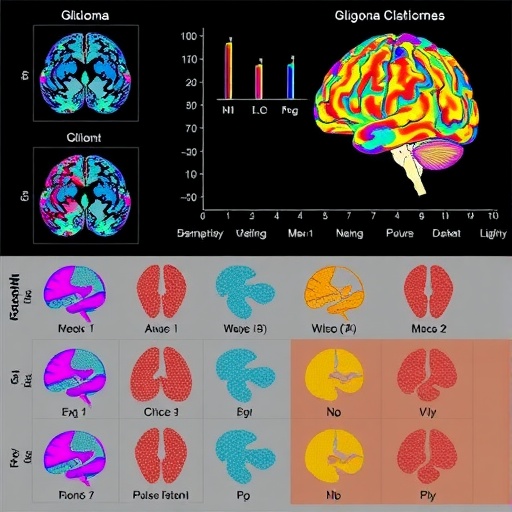In 2016, there were 87 million people diagnosed with gonorrhoea, the most antibiotic resistant of all the STIs. There is a global rise in gonorrhoea rates and, until now, no one has understood why.
Monash University’s Professor Kit Fairley, Director of the Melbourne Sexual Health Clinic in Australia, has presented data in Canada that indicates that a significant, and previously unrecognised, route of transmission of the bacterial infection is kissing, which the rates of infection are so high globally. The data will also be simultaneously published in The Lancet Infectious Diseases.
Kissing as a major risk factor for gonorrhoea is a hot topic in the field of sexually transmitted diseases and Professor Fairley debated the issue at the International Society for Sexually Transmitted Disease Research meeting in Vancouver.
A study, published earlier this year by the Fairley team, studied more than 3600 men who have sex with men over a 12-month period from March 2016.
By mapping those who only kissed partners, compared to having sex with partners, the researchers were able to determine that the transmission of the disease is high in people who kiss only, and was higher in those who have sex with kissing compared to those who have sex without kissing.
Professor Fairley argues that the global sexual health community: “needs to recognise that gonorrhoea is on the rise and that there should be an increased awareness of the risks of kissing as a route of transmission.”
“Understanding how it is transmitted is the key to understanding how to control it – if transmission by kissing is a key route of transmission then it is important to investigate new methods of control, such as antibacterial mouthwash.”
###
Media Contact
Tania Ewing
[email protected]
http://dx.




